There's a lot of talk about 5G these days. You might even think your iPhone is 5G-ready, since, well, it says so right in the status bar. 5G E, right? Sorry to burst your bubble, but no iPhone is capable of connecting to 5G networks yet, no matter how much you pay for that 11 Pro.
If your carrier is Sprint, T-Mobile, or Verizon, you've never noticed any mention of 5G or 5G E in your status bar. Only AT&T users in specific areas of the country have. Regardless, maybe you're wondering whether or not your iPhone is currently capable of connecting to both the new 5G networks that keep popping up and the ones that are promised down the line. Here's why it isn't.
5G Isn't Just a Letter & a Number
To understand what makes 5G different from 4G, or any other cellular network for that matter, you need to know about 5G NR.
5G NR, or 5G New Radio, is a set of specifications needed for a network to be considered 5G. 5G NR requires specific technology that improves the speed, latency, and efficiency of a network, as well as the number of devices that can connect to that network at once. Basically, the cell tower transmitting the signal, as well as your smartphone receiving the signal, both need to meet NR standards to utilize 5G.
Without that technology, a connection simply isn't 5G. It can't be. It'd be like saying your Nintendo Switch can make FaceTime calls. Does it have a camera? No. Can it run iOS? No. Without the proper technology in place, a smartphone cannot connect to 5G networks. And, at this time, no iPhones currently have 5G NR tech built in.
While it's true that initial 5G NR technology utilizes existing 4G technology to work, and that the weakest 5G signals (referred to as low-band), share similar frequencies to 4G signals (600–700 MHz), it's the 5G NR technology that separates the two entirely. Low-band 5G might only boost your speeds marginally compared to 4G, but your 4G smartphone will never be able to take advantage of those speed boosts.
But What About That 5G E Icon?
It's a dirty lie.
That's a bit hyperbolic, but it's more accurate than calling an upgraded 4G network "5G E," which is what AT&T has been doing. Those upgrades include three main pillars, according to AT&T:
- Carrier aggregation adds more "lanes" to the highway that data travels on.
- 4x4 MIMO doubles the number of antennas that can send data back and forth.
- 256 QAM makes data transmission more efficient.
Here's the problem — none of those three pillars actually involve 5G NR technology. It's all advancements that simply improve the speed of its existing 4G technology. That's why it's called "5G E" — it stands for 5G Evolution, since it's the next step towards 5G speeds, and not itself a 5G connection.
You can see why this is making a lot of us mad.
AT&T can claim their name doesn't actually mean true 5G, but most people aren't going to know that. Most people will look at the top of their iPhones, see "5G E," and assume "hey, my iPhone's 5G! Sweet!" And who can blame them?
Like 5G, 5G E isn't everywhere. In order to connect to 5G Evolution, you need to be in a supported area. It's possible you don't live in a supported area, and thus, your iPhone never says 5G E. But if you live in, say, Austin or New York, you've been living with 5G E for quite a while now.
When Can We See 5G on iPhone?
Regardless of whether you're a confused AT&T customer, or an iPhone owner on an unambiguous 4G network, when can you expect to see 5G on the platform?
If the rumors stand, very soon. The latest murmurs are confident that Apple's suite of iPhones this fall will be 5G-compatible. That includes the two rumored "Pro" models, as well as the two "regular" devices, which is great news if true. Apple wouldn't have shocked anyone by making only the 12 Pros 5G-ready, so it would be a nice gesture to see all new iPhones ready for the faster connections.
Just updated your iPhone? You'll find new Apple Intelligence capabilities, sudoku puzzles, Camera Control enhancements, volume control limits, layered Voice Memo recordings, and other useful features. Find out what's new and changed on your iPhone with the iOS 18.2 update.
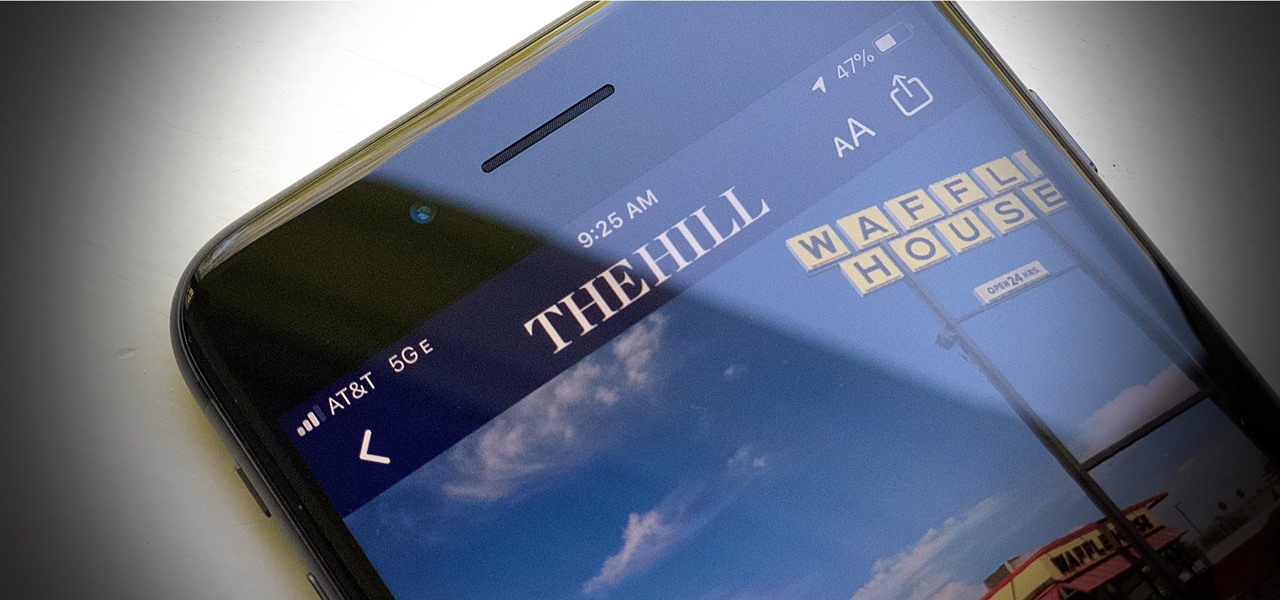



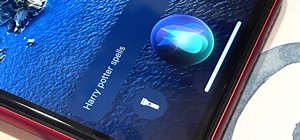

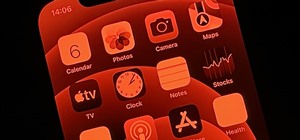

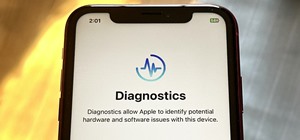
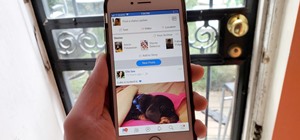
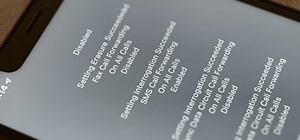
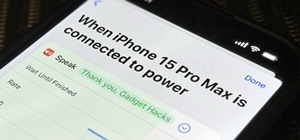
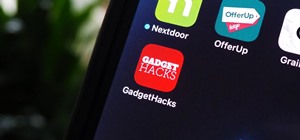

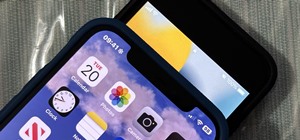
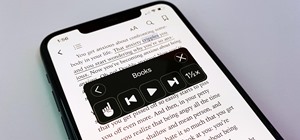
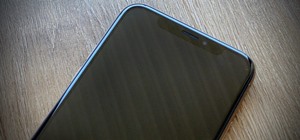
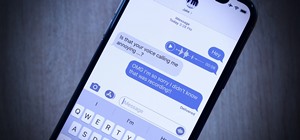


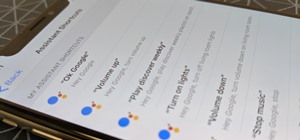

Be the First to Comment
Share Your Thoughts